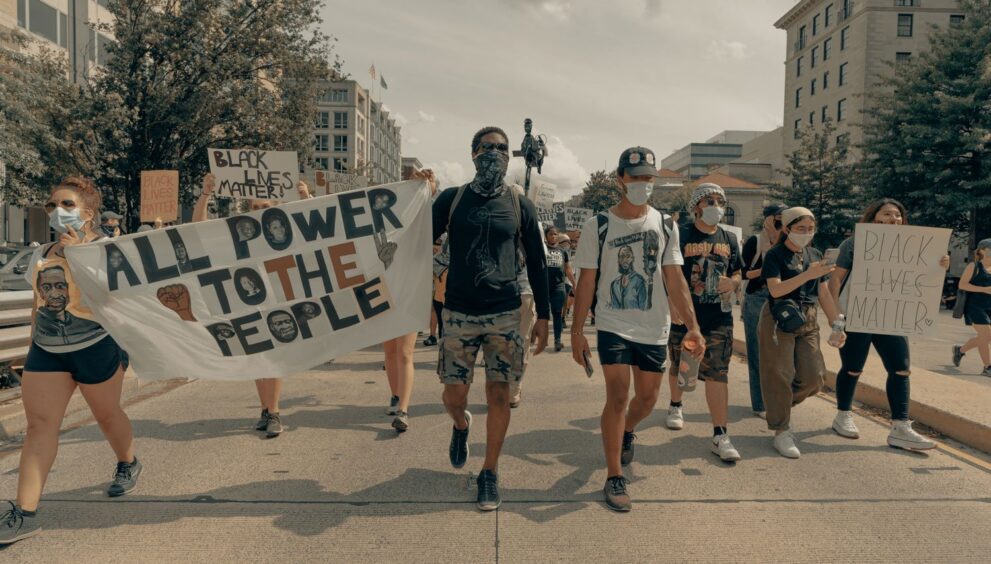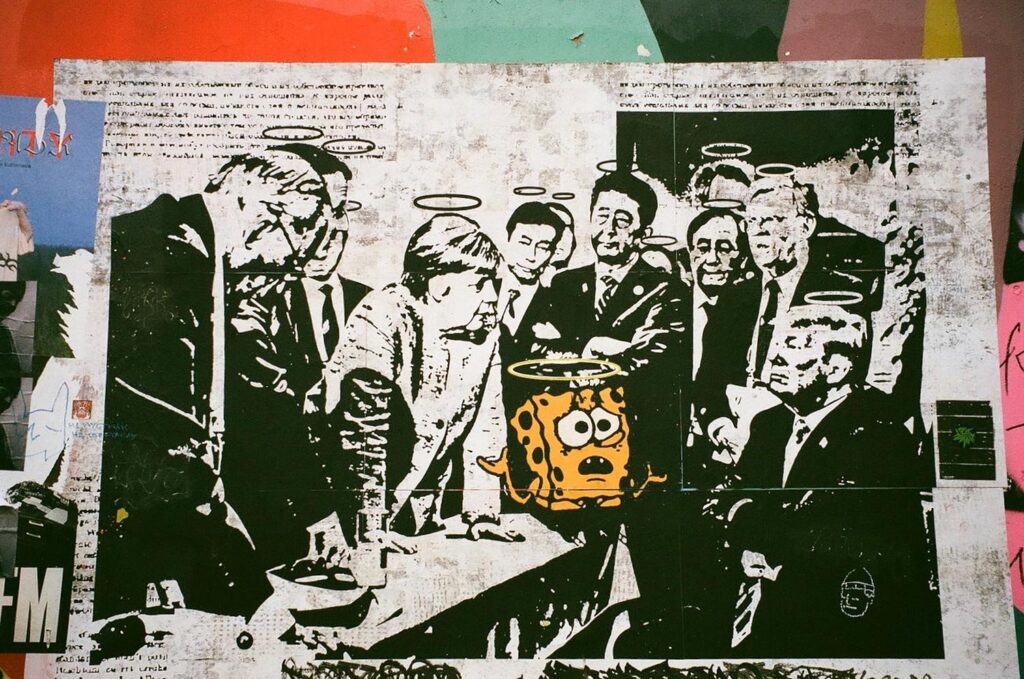The Pressure of “Trumpism”: How It Has Set its Impact on Society

Over the past decade, “Trumpism” has become more than a campaign style. It is a political and cultural current that blends populist rhetoric, skepticism of institutions, hardline stances on immigration and trade, and a combative media strategy. Whether one celebrates it or opposes it, its pressure on public life is undeniable. This article maps how Trumpism has shaped institutions, media consumption, civic behavior, and long-term party dynamics—without reducing a complex phenomenon to clichés.
What Do We Mean by “Trumpism”?
Trumpism is a shorthand for a cluster of ideas and tactics associated with Donald Trump and a broader movement:
- Populist “us vs. them” framing that pits “the people” against “elites.”
- Nationalist emphasis on borders, sovereignty, and protectionist trade.
- Skepticism of legacy institutions (government agencies, mainstream media, universities).
- A confrontational communication style that prioritizes loyalty and narrative dominance over technocratic detail.
- Heavy reliance on social media and direct-to-voter mobilization.
This mix is not unique to the United States, but in the U.S. it reconfigured incentives across politics, media, and culture.
Political Polarization and Realignment
From Ideology to Identity
Trumpism accelerated the shift from traditional left/right policy debates toward identity-rooted alignment. Voters increasingly sort by cultural markers—region, religion, education level, and media diet—more than by classic tax-and-spend cleavages. The practical effect:
- Stable, high-intensity bases with lower persuasion but higher turnout.
- Primary elections over general elections as the decisive arena, pushing candidates to signal purity to core supporters.
Party Infrastructure
Within the Republican Party, Trumpism:
- Raised the political cost of dissent and elevated loyalty tests.
- Prioritized grassroots small-dollar fundraising and viral messaging over legacy donor circuits.
- Shifted local party organizations toward combative, media-centric activism.
Democrats responded with mirror-image mobilization: greater emphasis on coalition management, voting-rights infrastructure, and counter-messaging, deepening the arms race in turnout and legal strategy.
Institutions Under Pressure
Trust and the “Referee Problem”
Public trust in refereeing institutions—courts, election officials, public-health agencies—became a political battlefield. When the movement frames institutions as biased, procedural legitimacy (accepting outcomes you dislike) erodes. Consequences include:
- Growth of parallel information channels that dispute official results and guidance.
- Increased litigation and recount demands as standard playbook items.
- Rising expectations that appointees act as team players rather than neutral stewards.
Federalism and Executive Power
Trumpism amplified the allure of muscular executive action and administrative rollback, met by counter-actions in courts and states. This ping-pong governance raises policy volatility: rules swing with administrations, and compliance costs rise for businesses and local agencies.
The Media Ecosystem: Fragmentation and Performative Politics
Incentives for Outrage
The attention economy rewards polarizing content. Trumpism’s style—short, declarative, combative—fits platform mechanics, driving:
- Message discipline through conflict: critics become foils, energizing in-group identity.
- Algorithmic enclaves where audiences receive tailored narratives and selective fact frames.
Fact-Checking vs. Narrative Control
Efforts to counter false claims often harden attitudes; for committed audiences, narrative loyalty beats fact updates. The strategic lesson: who frames first often wins, and corrections rarely catch up in reach or emotion.
Civic Behavior and Social Norms
From Quietism to Participation
Trumpism mobilized previously disengaged citizens—rallies, canvassing, small-dollar donations. It also catalyzed counter-mobilization (marches, local organizing, youth turnout). Net effect: higher political temperature, more participation, but also more harassment toward officials and workers in public-facing roles.
Discourse and the Overton Window
The rhetorical bar for what counts as “sayable” shifted. Insults and extraordinary claims became common in mainstream venues. Supporters view this as breaking stifling taboos; opponents see normalization of cruelty and conspiracism. Either way, the Overton Window moved and remains wider than a decade ago.
Policy Arenas Most Affected
- Immigration and Border Policy: Preference for visible enforcement and headline-driven deterrence; long-term system modernization remains unresolved.
- Trade and Industrial Policy: Tariffs and economic nationalism reframed bipartisan debates, paving the way for broader “strategic industry” subsidies even beyond the movement itself.
- Foreign Policy: Skepticism toward alliances and multilaterals, greater transactionality, and mixed signals to rivals and partners.
- Administrative State: Aggressive deregulatory efforts paired with intense litigation; subsequent whiplash under new administrations.
Movement Durability: Beyond One Leader?
Trumpism has demonstrated institutional stickiness—its tactics and incentives have been copied by rivals and successors. Three reasons:
- Base-building model: small-dollar fundraising + live events + constant content.
- Primary leverage: social sanctions inside the party make defections costly.
- Media symbiosis: conflict reliably generates coverage; even negative headlines serve mobilization.
Risks and Downsides Cited by Critics
- Legitimacy erosion: routine claims of rigging weaken consent to adverse outcomes.
- Policy instability: markets and agencies face higher uncertainty with each administrative swing.
- Public-sector attrition: threats and burnout reduce the talent pipeline for neutral civil service roles.
- Minority rights concerns: hardline rhetoric can translate into exclusionary local climates.
Why It Resonates with Supporters
- Status protection: rapid cultural and economic change feels disorienting; the movement promises recognition and control.
- Institutional skepticism: long-standing frustrations with bureaucracy and media bias find a voice.
- Clarity and entertainment: plain language, spectacle, and a sense of transgression keep attention high.
What to Watch Next
- State-level policy labs that entrench movement priorities irrespective of federal control.
- Platform rules and alternative media shaping where and how political communities organize.
- Candidate bench-building that blends Trumpism’s style with policy specialization.
- Legal doctrines (executive power, elections law) that may lock in or curb tactical playbooks.
Key Takeaways
- Trumpism operates as a durable incentive system, not just a personality cult.
- It heightened turnout and activism while straining trust in neutral institutions.
- Media fragmentation makes narrative dominance more valuable than policy detail.
- The movement’s tools are now part of broader U.S. political repertoire—even among opponents.
FAQ (for Rank Math FAQ Schema)
What is Trumpism in practical terms?
A populist-nationalist style and strategy emphasizing border control, protectionism, institutional skepticism, and combative media tactics.
Has Trumpism permanently changed U.S. politics?
It has reshaped incentives—especially primaries, fundraising, and media strategy—making many of its methods sticky beyond one figure.
Is polarization a cause or effect here?
Both. Pre-existing polarization enabled Trumpism’s rise; its tactics then intensified sorting and identity-based politics.
Why does fact-checking often fail to persuade?
Because narrative identity and in-group loyalty can outweigh later corrections in an attention-driven media environment.

 English
English 


































































































